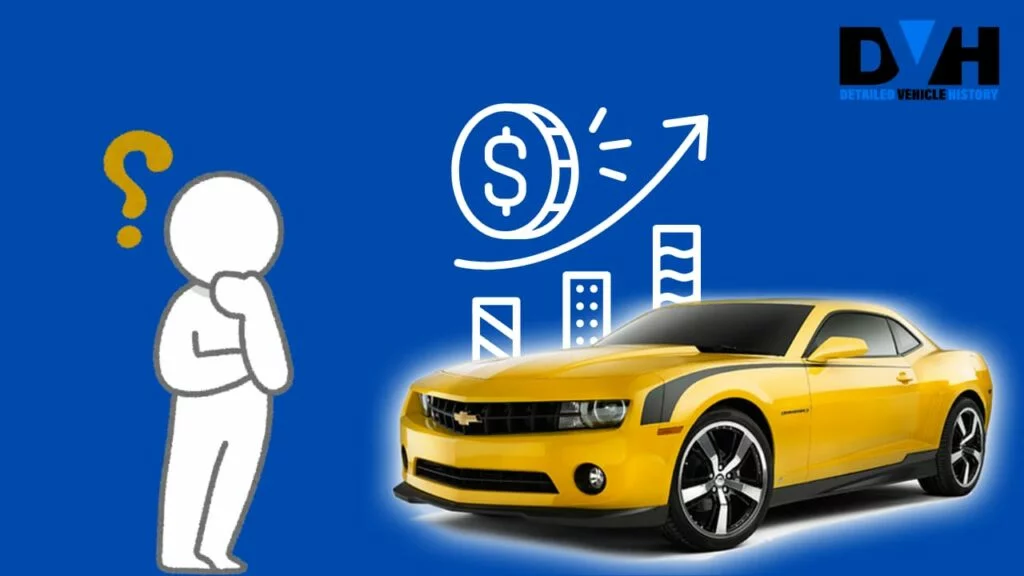Buying a car is exciting, but many buyers overlook a crucial factor: maintenance costs. You might think the purchase price is your biggest expense, but maintenance can increase over time.
Without proper planning, these expenses can hit hard. Fortunately, understanding what to expect and how to manage costs can help you stay on track. With the right approach, you can keep your car in top shape and avoid breaking the bank.
Why Understanding Car Maintenance Costs Matters?
Many buyers focus on the sticker price and financing options when shopping for a car, but ongoing costs like maintenance often need to be addressed. Understanding these expenses is vital. It helps you avoid surprises, ensures your car runs reliably, and can save you thousands of dollars in the long run. Regular upkeep keeps your vehicle safe and prolongs its lifespan, maintaining its value over time.
Failing to consider these costs can lead to unexpected repair bills, leaving you stranded or forced to dip into savings. By factoring maintenance into your budget from the start, you can gain peace of mind and make a smarter, more cost-effective choice.
READ ALSO: 5 effective ways to improve your car’s performance
Main Components of Car Maintenance Costs
Car maintenance involves various services, some regular and others only when needed. Let’s break down the main components, so you know what to expect.
Routine Maintenance
Routine maintenance includes basic services that every car needs regularly to function properly. The most common tasks are:
- Oil Changes: Oil is the lifeblood of your engine, keeping it lubricated and running smoothly. Regular oil changes prevent wear and tear. Depending on the oil type (conventional or synthetic), costs range from $40 to $120. Synthetic oil lasts longer but is pricier.
- Tire Rotations and Balancing: Regular tire rotations ensure even wear, improving lifespan. Expect to pay around $20 to $50 for this service.
- Fluid Checks and Refills: Your car uses various fluids, such as coolant, transmission fluid, and brake fluid. These need to be checked and topped up periodically. Depending on the fluid type, the cost can vary from $10 to $150.
Wear-and-Tear Replacements
As you drive, car parts naturally wear out and need replacing. These are typical expenses:
- Brake Pads: Brake pads wear down over time. Replacing them can cost $100 to $300, depending on the vehicle and part quality. If you hear squeaking or grinding, it’s time for new pads.
- Batteries: A car battery lasts about 3-5 years. Replacement costs range from $70 for basic models to $250 for high-performance batteries.
- Tires: Tire replacements can be a significant expense, especially for larger vehicles. Costs range from $100 to $300 per tire. Regular rotation helps maximize their lifespan.
Major Repairs and Overhauls
Over time, larger components may need significant repairs. These tend to be costly but are sometimes unavoidable:
- Transmission Repairs: Repair costs can skyrocket if your car’s transmission fails. Expect to pay between $1,000 and $5,000 for a rebuild or replacement.
- Engine Repairs: Engine problems are among the most expensive. Rebuilding an engine can cost $2,500 to $4,500, while a full replacement can exceed $5,000.
- Suspension Work: Your car’s suspension system keeps your ride smooth and safe. Replacing shocks and struts can cost $500 to $1,500.
Optional Enhancements
Some car owners invest in optional upgrades to improve their vehicle’s comfort or performance. While not necessary, these enhancements can add value and personalize your ride:
- Detailing: Professional detailing services can cost $100 to $300. They involve deep cleaning the interior and exterior of your car.
- Audio System Upgrades: Upgrading your car’s sound system can range from $200 for basic improvements to over $1,000 for high-end systems.
- Custom Modifications: Many drivers add features like tinted windows or custom wheels. Depending on the level of customization, these changes can cost anywhere from $200 to $2,000.
How to Minimize Car Maintenance Costs?
Keeping car maintenance costs in check requires a proactive approach. Here are some tips:
- Stick to a Regular Schedule: Following the manufacturer’s recommended maintenance schedule is the best way to avoid costly repairs. Regular oil changes, tire rotations, and brake checks can help prevent significant problems.
- Choose Quality Parts: It may be tempting to go for cheaper parts, but investing in quality components can save you money in the long run. High-quality parts last longer and often perform better.
- Check a Vehicle’s History Report: Review its maintenance history before buying a used car to understand past issues and predict future costs.
- Keep an Eye on Warning Signs: Pay attention to warning lights, unusual noises, or changes in performance. Addressing minor issues early can prevent more significant, and potentially more expensive, problems.
READ ALSO: Electric Car Maintenance Tips You Need To Know
How Vehicle Reports Help You Make Smart Car Decisions?
Vehicles Report offers comprehensive vehicle history reports to help you make informed decisions. By checking a car’s maintenance history, you can spot potential red flags, such as frequent repairs or skipped services. This insight helps you understand the car’s true condition before purchasing it.
You can also get detailed OEM maintenance schedules with a VIN check for any vehicle to determine its needs and apply the recommendations when necessary.
Conclusion
Understanding car maintenance costs is crucial, whether buying a new car or maintaining your current one. Proper planning and regular upkeep allow you to keep your vehicle running smoothly without draining your wallet. Getting a vehicle history report will enable you to dive deeper into a car’s history, ensuring you know exactly what to expect before purchasing.
Frequently Asked Questions
What is the average annual cost of car maintenance?
Car owners spend about $1,200 to $2,000 per year on maintenance. This includes routine services, wear-and-tear replacements, and occasional repairs.
Do certain cars have lower maintenance costs?
Yes, some brands are known for lower maintenance costs. Typically, Japanese and Korean manufacturers like Toyota, Honda, and Hyundai produce vehicles with fewer repair needs and cheaper parts.
How can I estimate maintenance costs for a used car?
You can estimate maintenance costs by checking the vehicle’s service history and overall condition. With the correct information and some planning, you can navigate car maintenance confidently and enjoy a smoother ownership experience.









